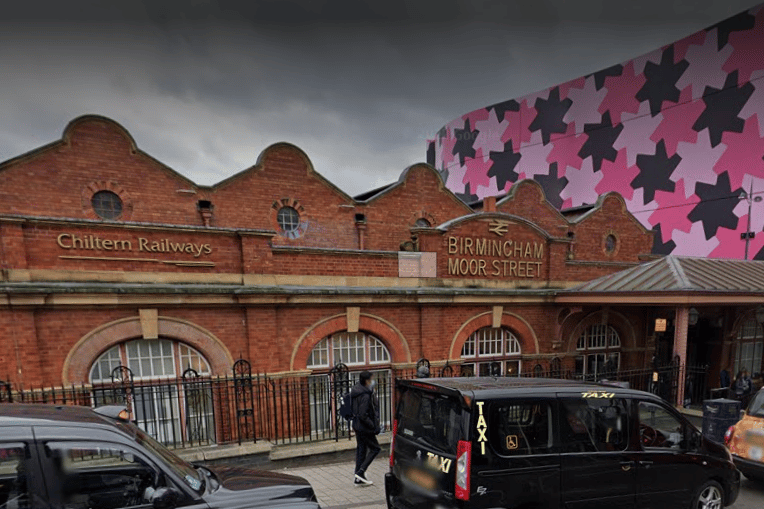It’s the most ambitious regeneration project to a city already evolved from its post-war motor history – to make Birmingham a greener and healthier place for everyone to work, visit, and live.
The 190-page document, titled ‘Our Future City: Central Birmingham Framework 2040’ sets out plans to create new parks within the city – with ‘green fingers’ sprawling across Birmingham’s city centre and replacing parts of the Queenway tunnels. The city council masterplan is set to shape the city centre for the next 20 years - with creating a greener environment, more homes and jobs key priorities.
Cllr Ian Ward, Deborah Cadman, the chief executive, and representatives from development firms Howells and Arcadis, unveilled the plans this week at the UKREiiFF – an investment and levelling up conference.
A major theme of the plans is to transform under-utilised buildings within the city centre to make way for revitalised streets and public squares. Complementing the council’s transport plan, the public will have a say during this summer on the plans before developers and councillors begin work.
Here’s a key glance at the 10 major transformations – though not exhaustive.

1. The framework complements projects already being built in the city
Nearly a quarter of the framework is dedicated to projects already kickstarted in the city centre. Notable projects include Smithfield – a new city heart quarter centered on a new city markets complex, major event space and neighbourhood park – and Monaco House on Bristol Street, creating 1,000 homes and connecting the city’s gay village. Paradise and Arena Central are also mentioned

2. Goodbye Queensway, hello new parks
Around 2.18 miles (3.5 kilometres) of motorways are through and around the middle of the city. Underpinned by the Birmingham transport plan, the council hope to reduce cars in the city centre by completely remodelling the Queensway into mini parks. They argue by creating these parks the public can access different neighbourhoods easily with “attractive, safe, and legible connections”. They include new pedestrian and cycle links between the Jewellery Quarter and Colmore Row. The James Watt Queensway – a six-lane urban motorway – may also be transformed into a tree-lined avenue – connecting Aston University.

3. Snow Hill Station will be redeveloped
A new station and a new platform are said to be developed at Snow Hill station – part of a wider regeneration scheme called the ‘Snow Hill growth zone’. An enhanced public square – Snow Hill Gateway – will dominate those arriving from Snow Hill into the city centre. The redevelopment of Snow Hill Station, to create a world-class transport hub akin to New Street Station is a top priority on Birmingham city council’s mind – the area is a major hub for businesses – over 500 companies which employ over 35,000 people.

4. … and so will Birmingham Moor Street station
Not much is known about the redevelopment of Birmingham Moor Street, but an artist’s impression shows the Grade-II listed building no more. The council claim it is “well placed for carefully integrated extensions to platforms and passenger areas to improve capacity and facilities, to bring it into the 21st century”.